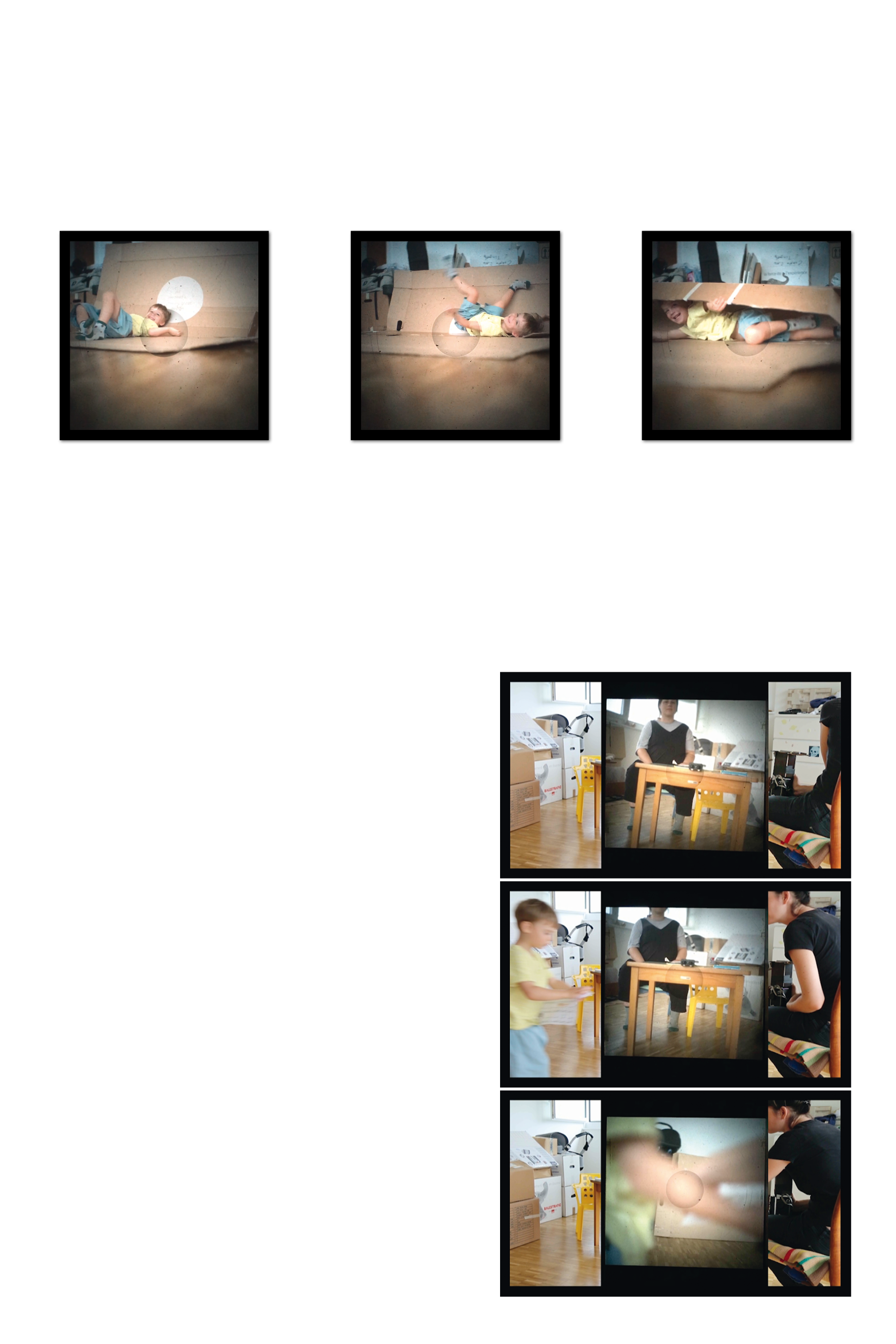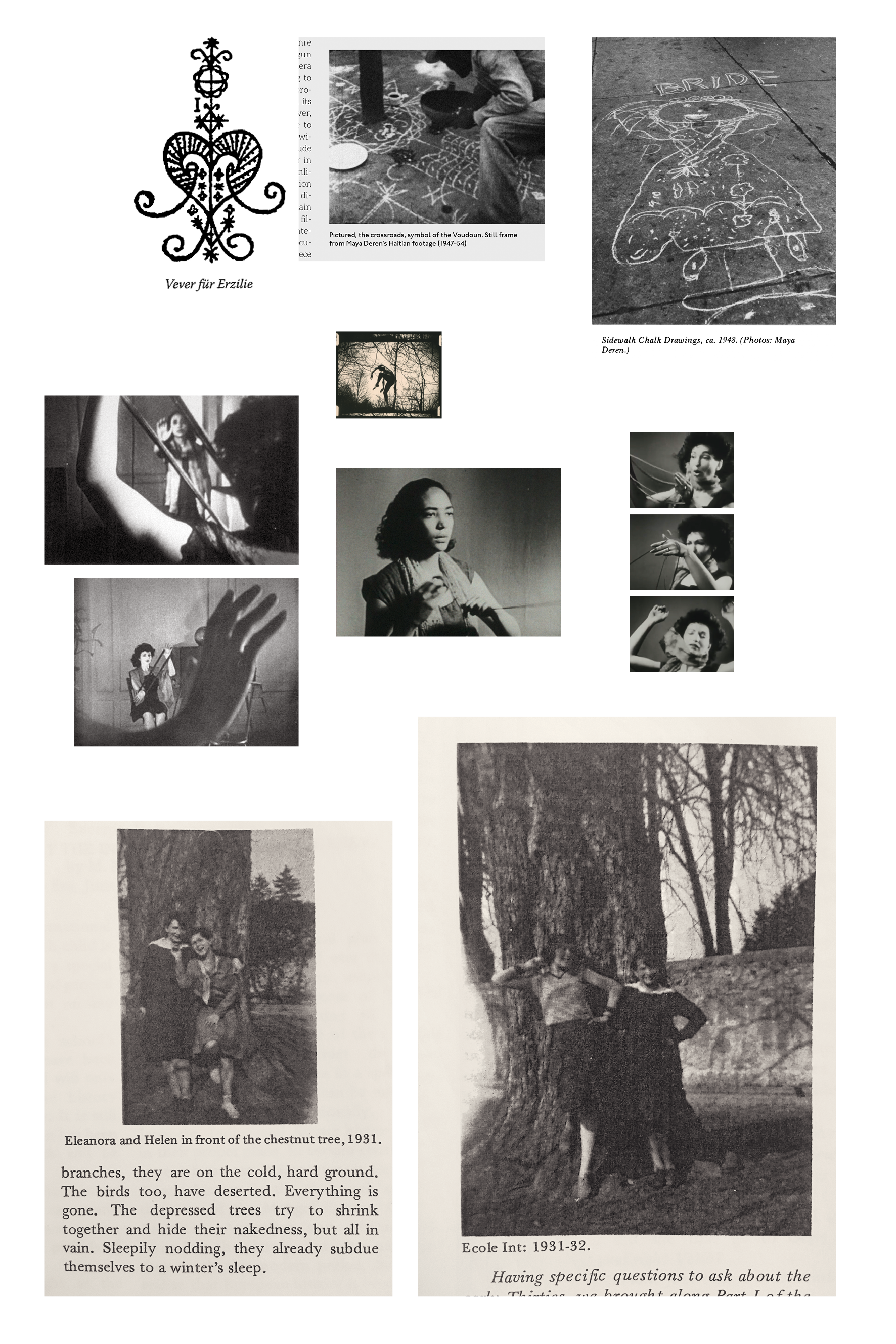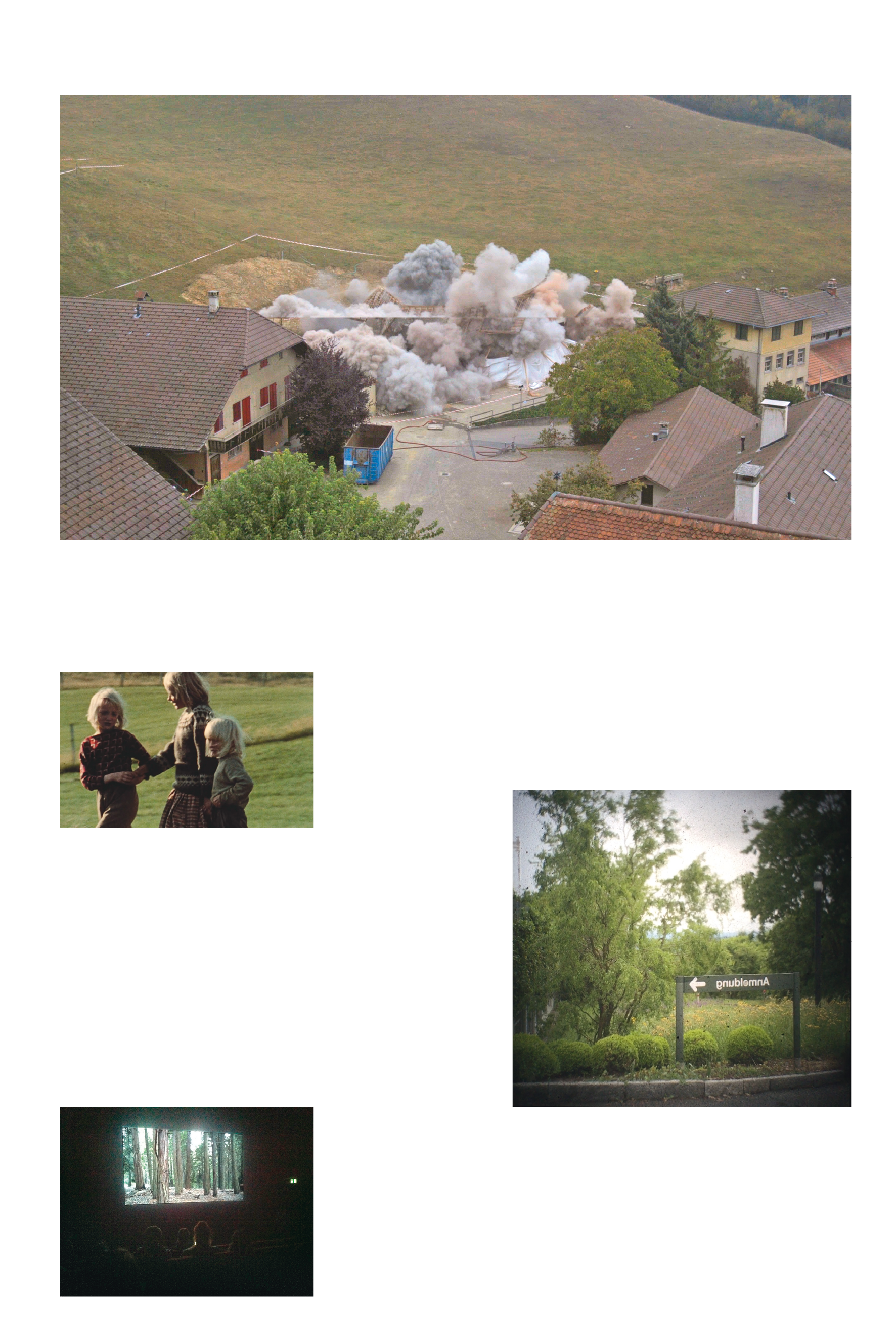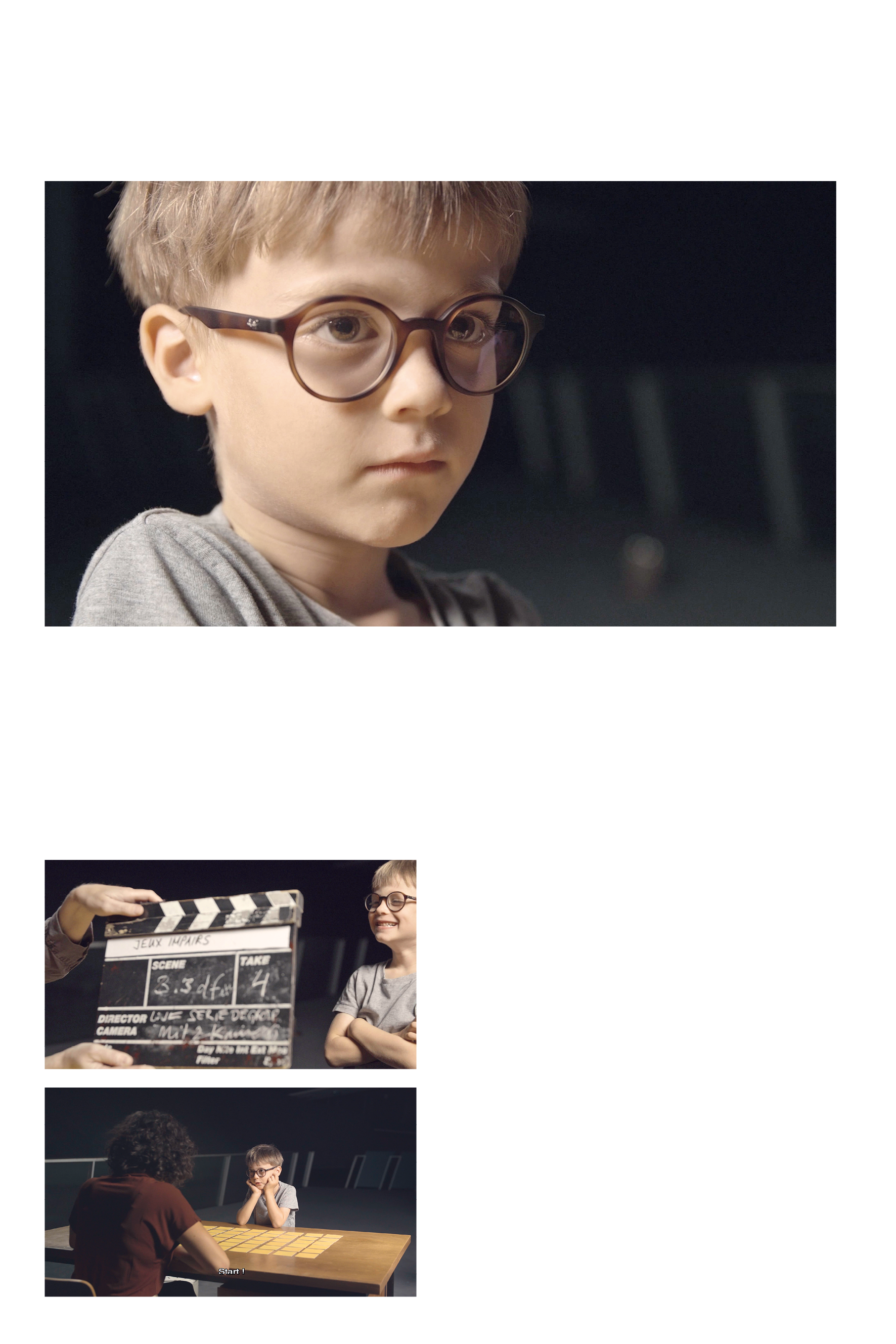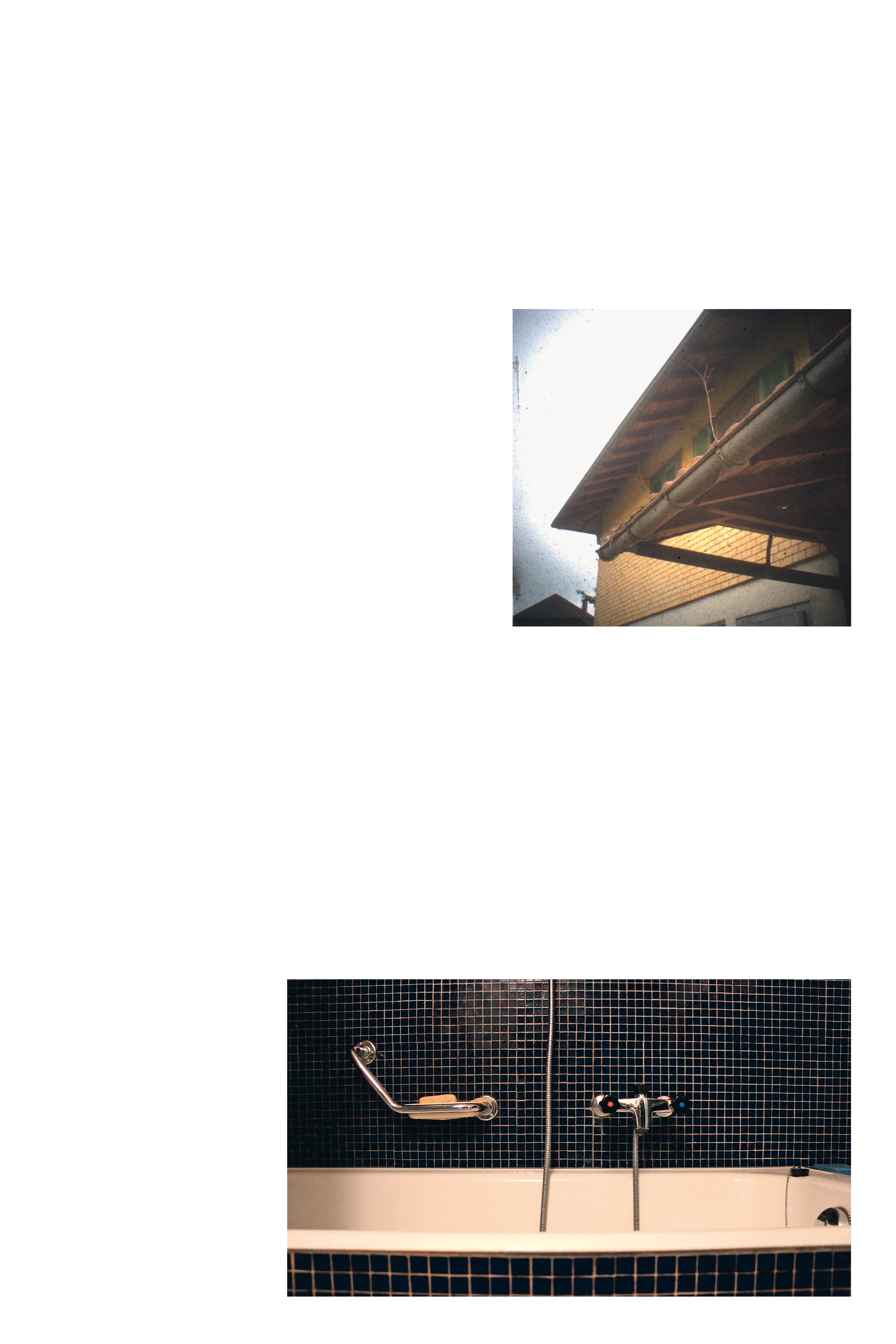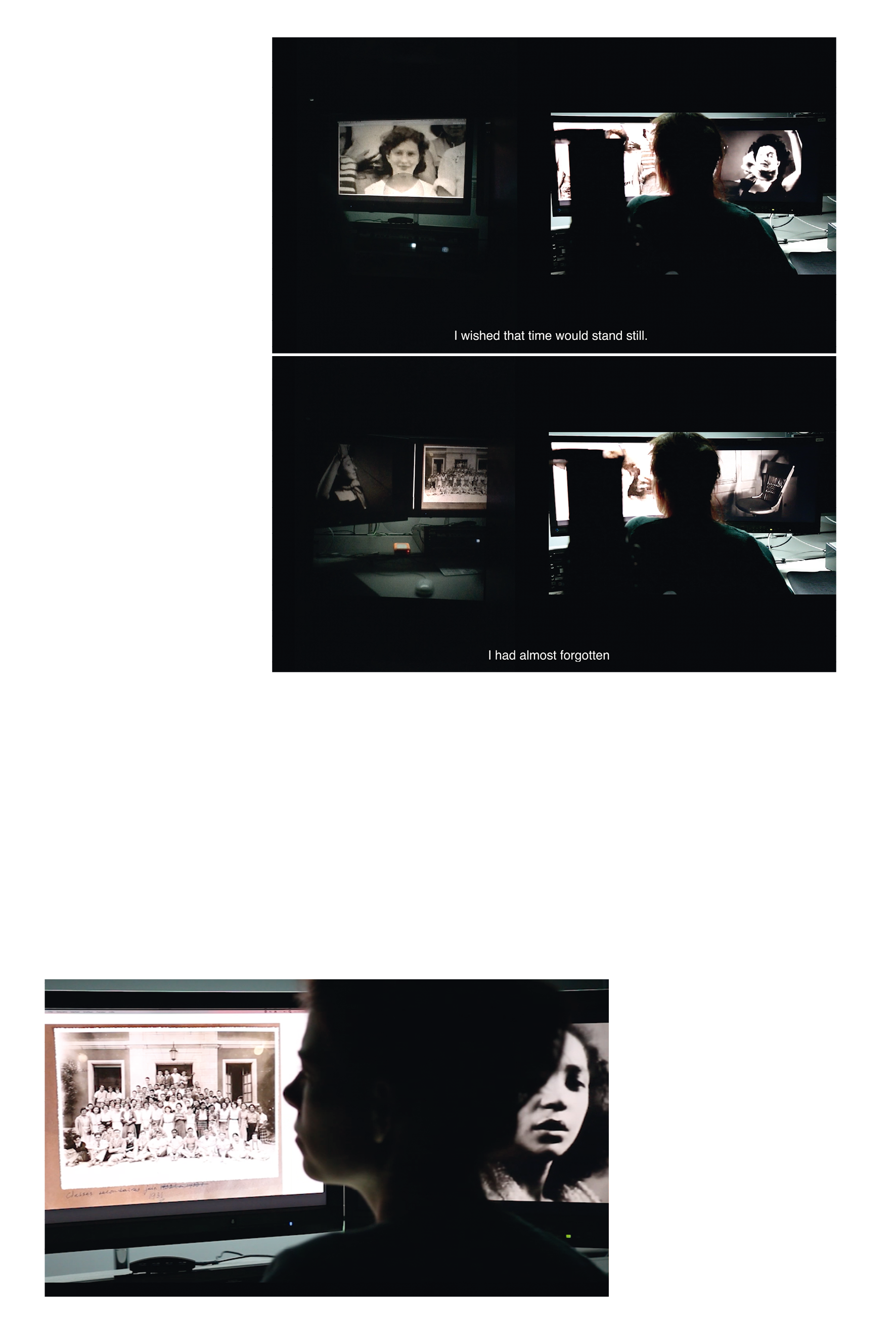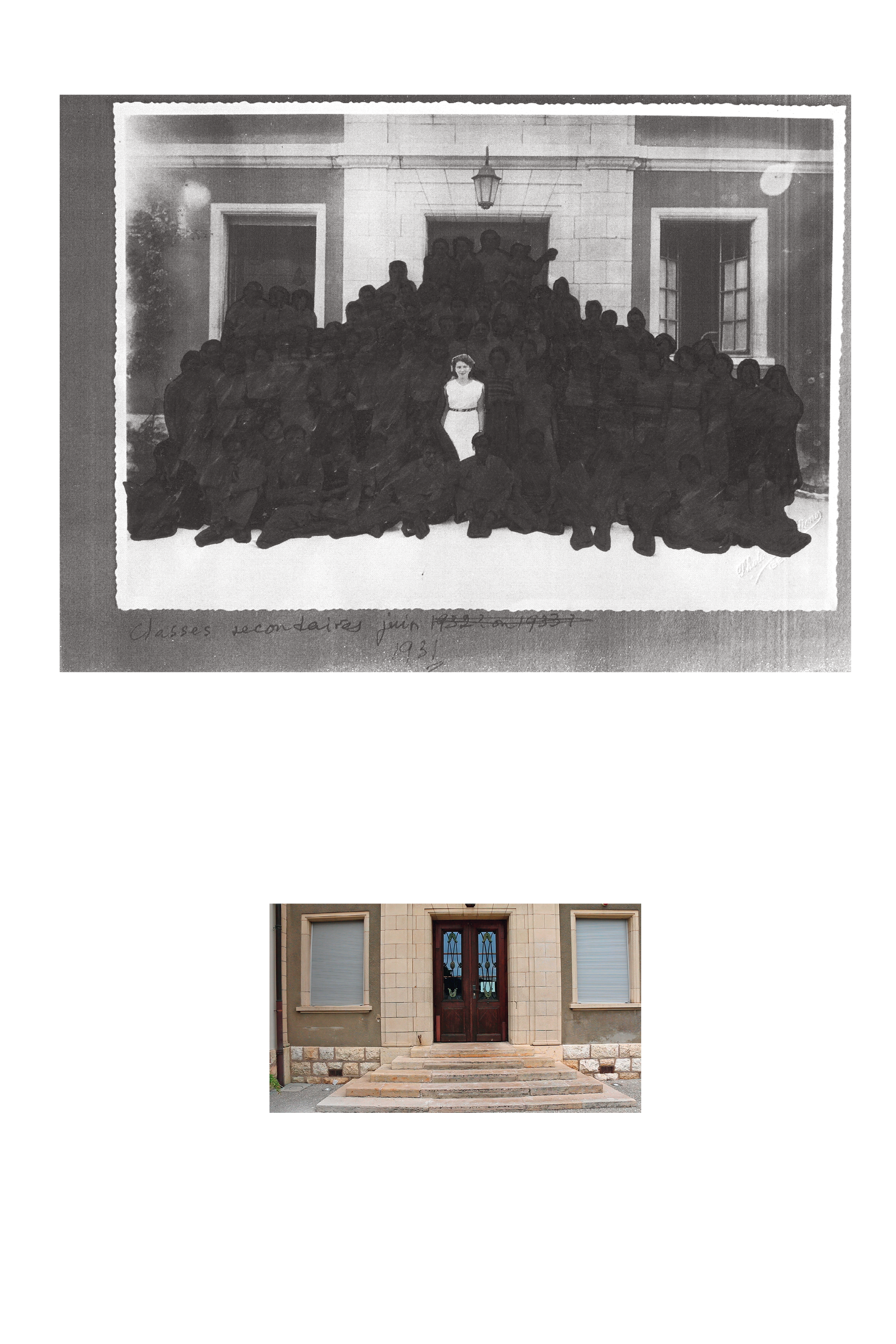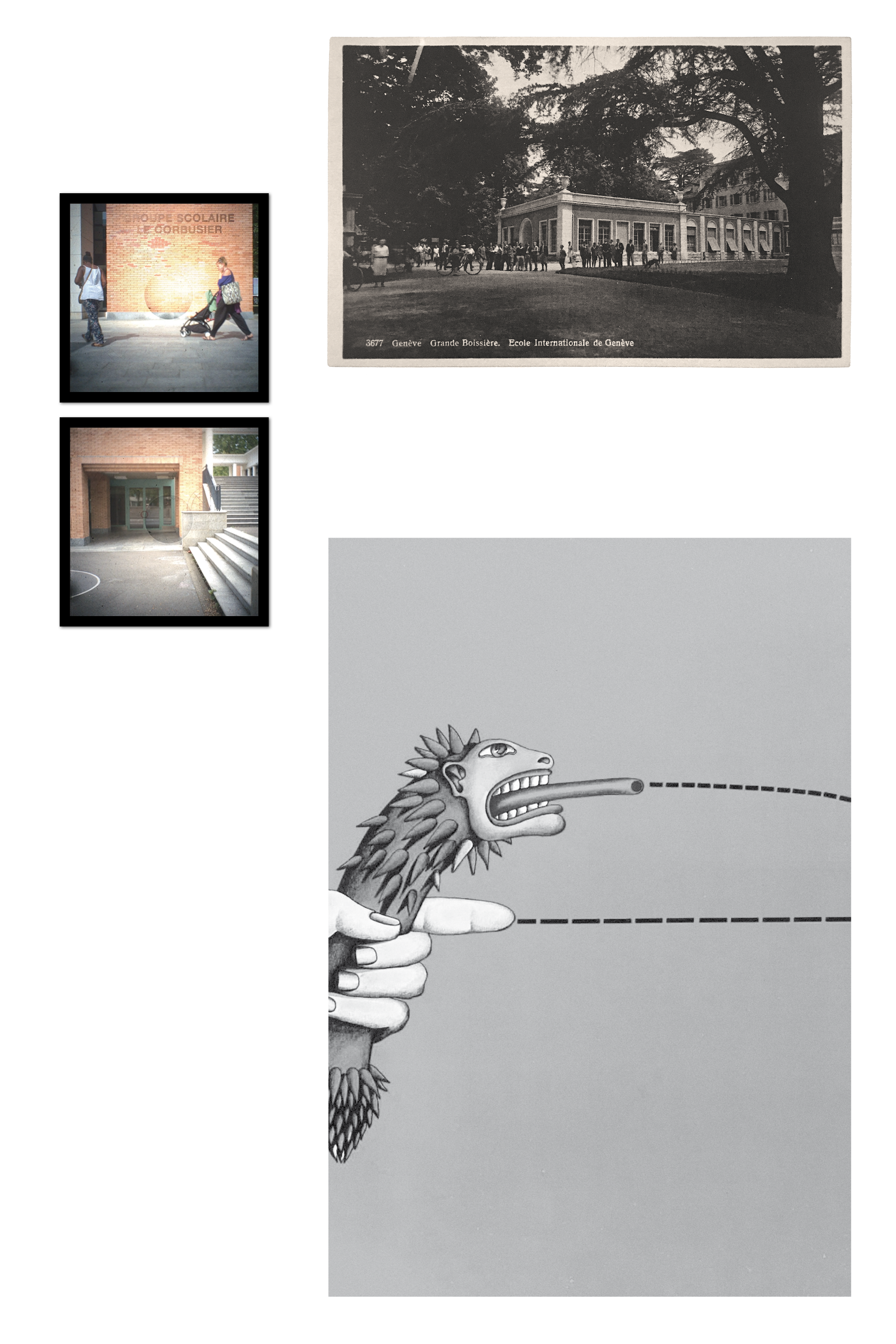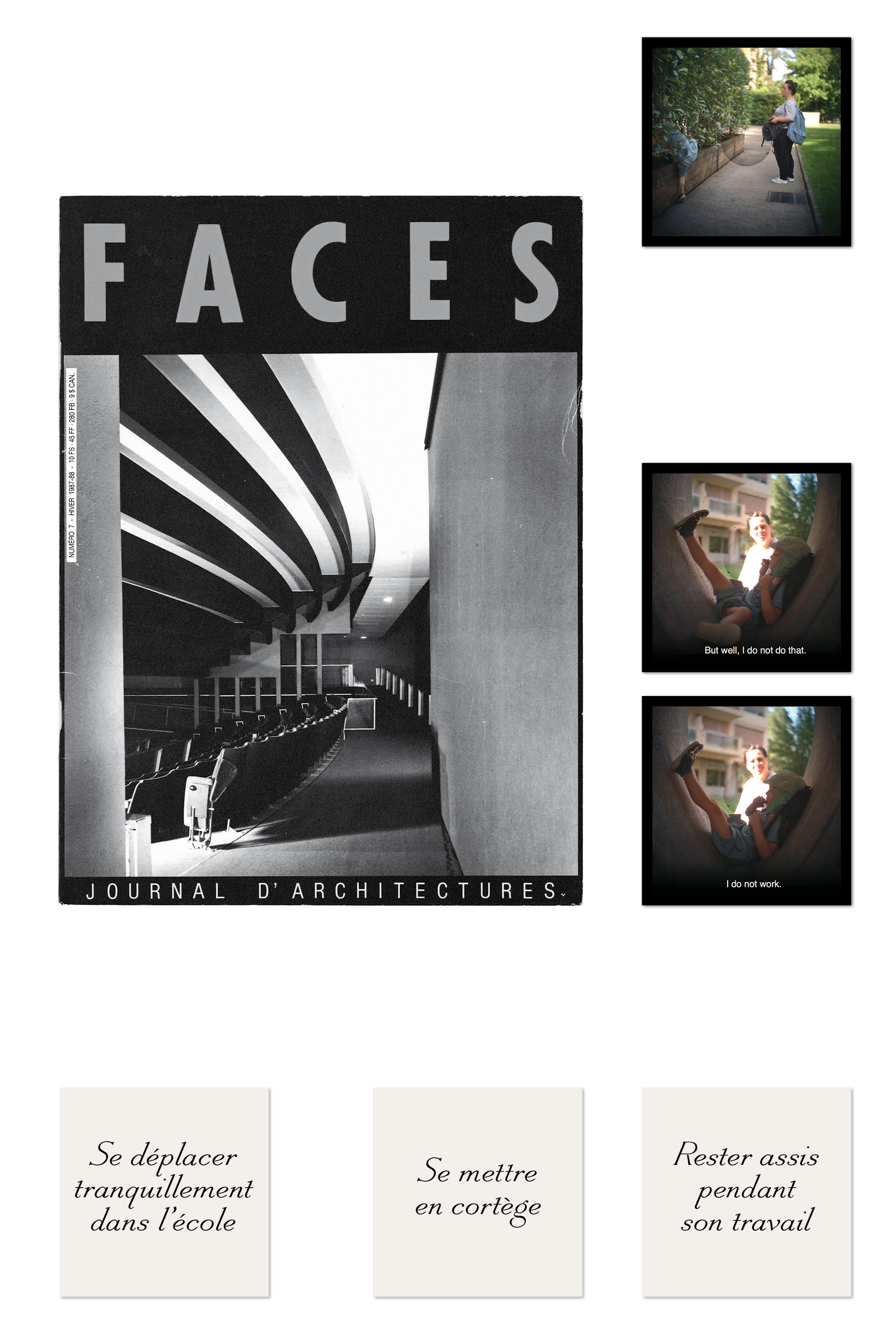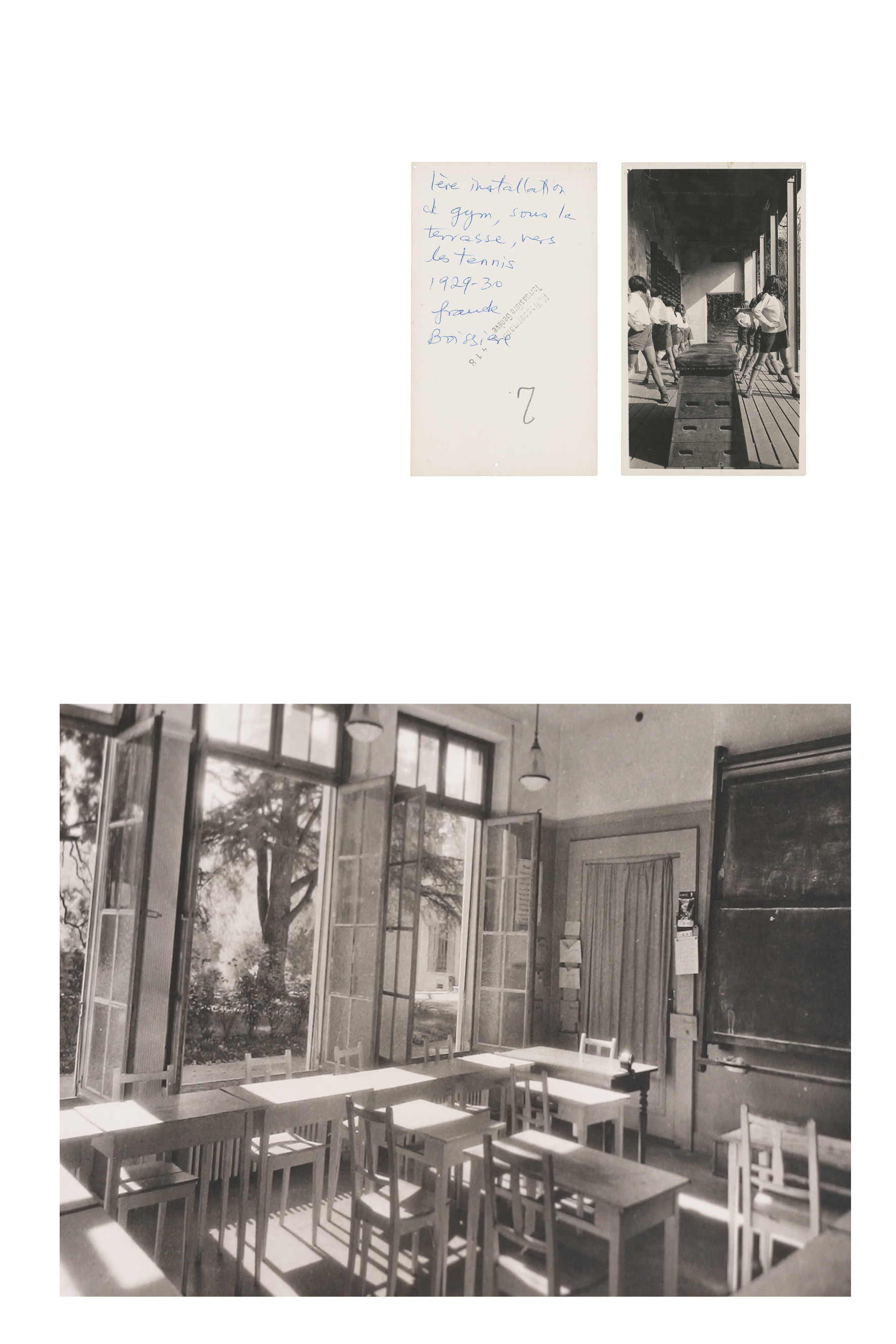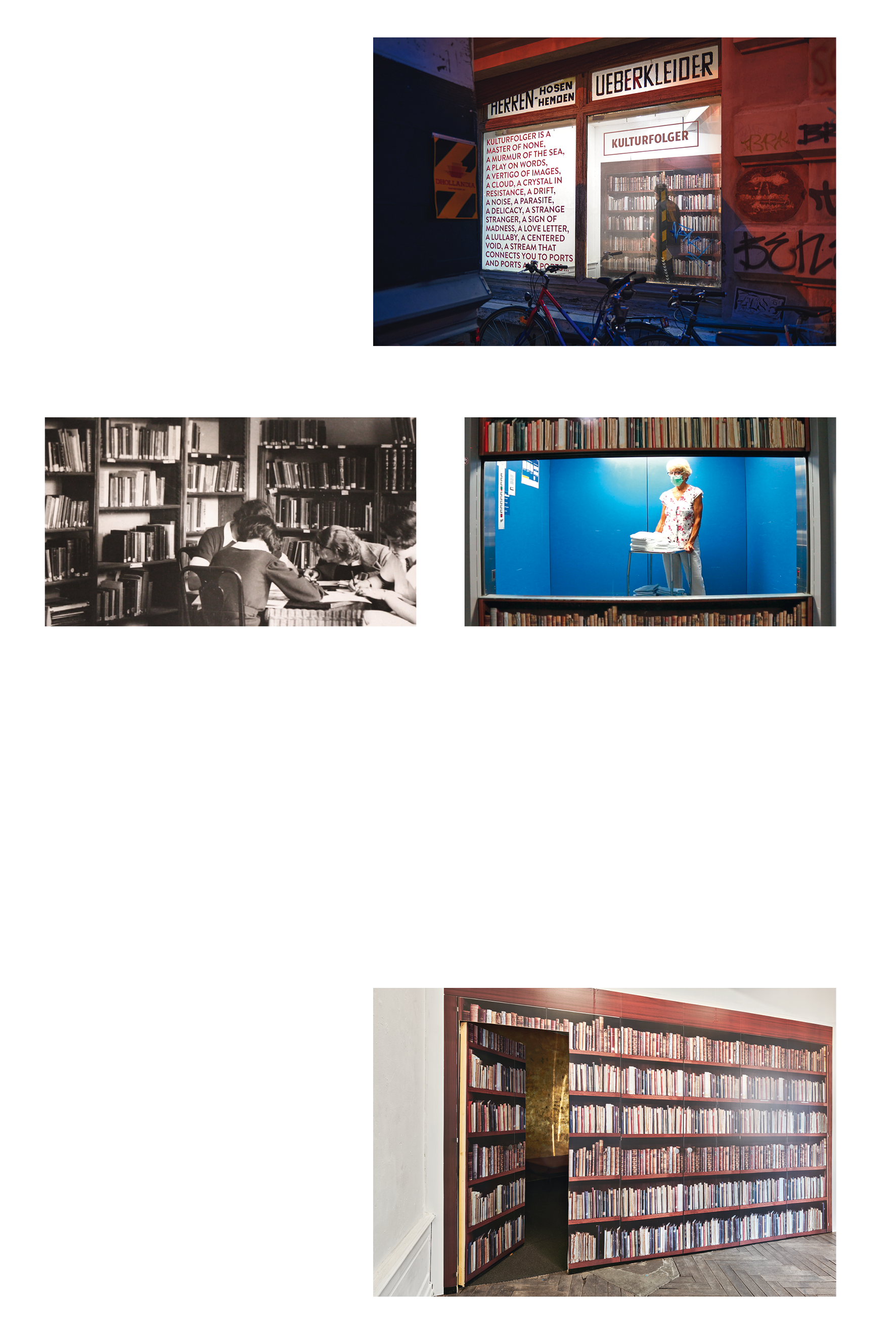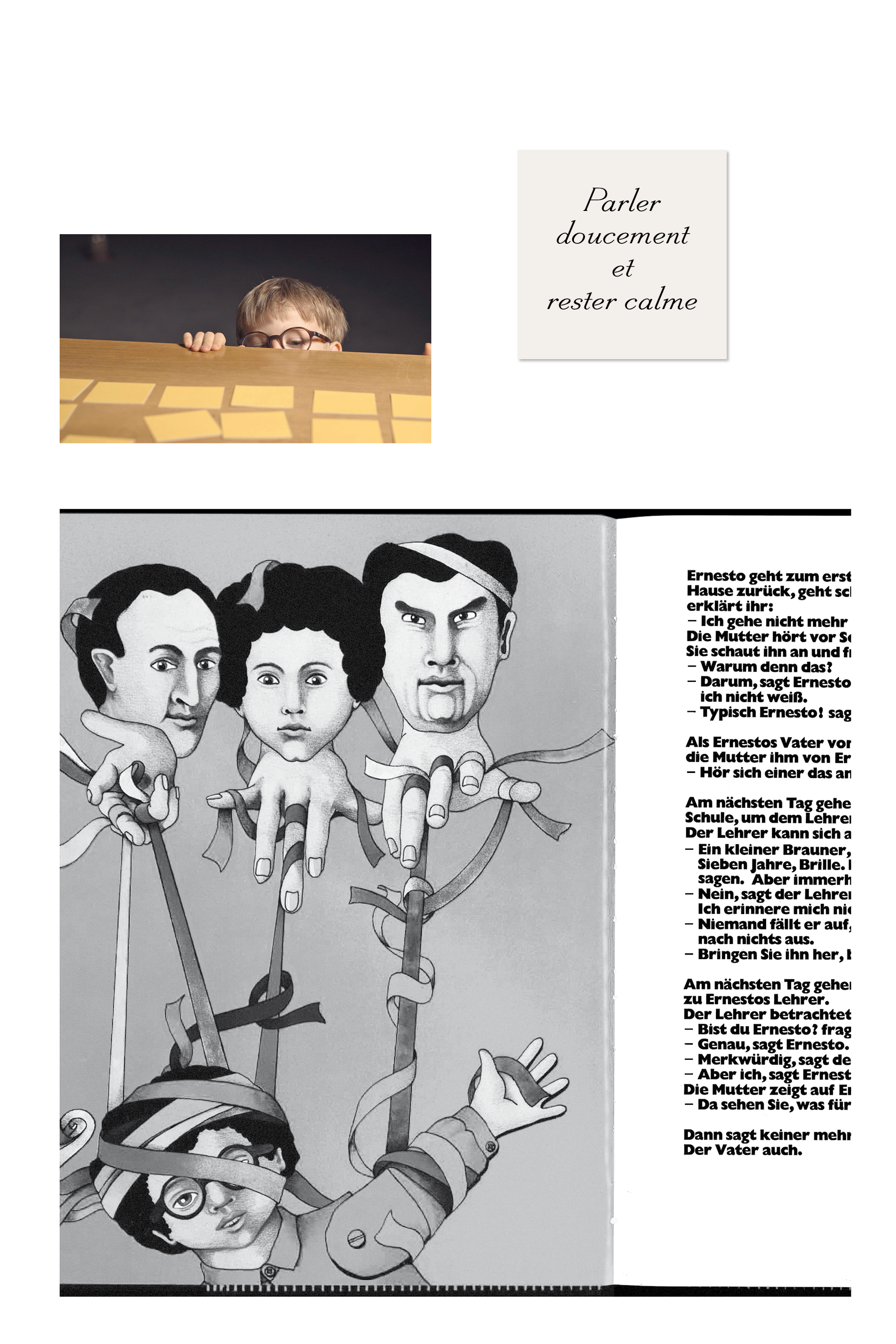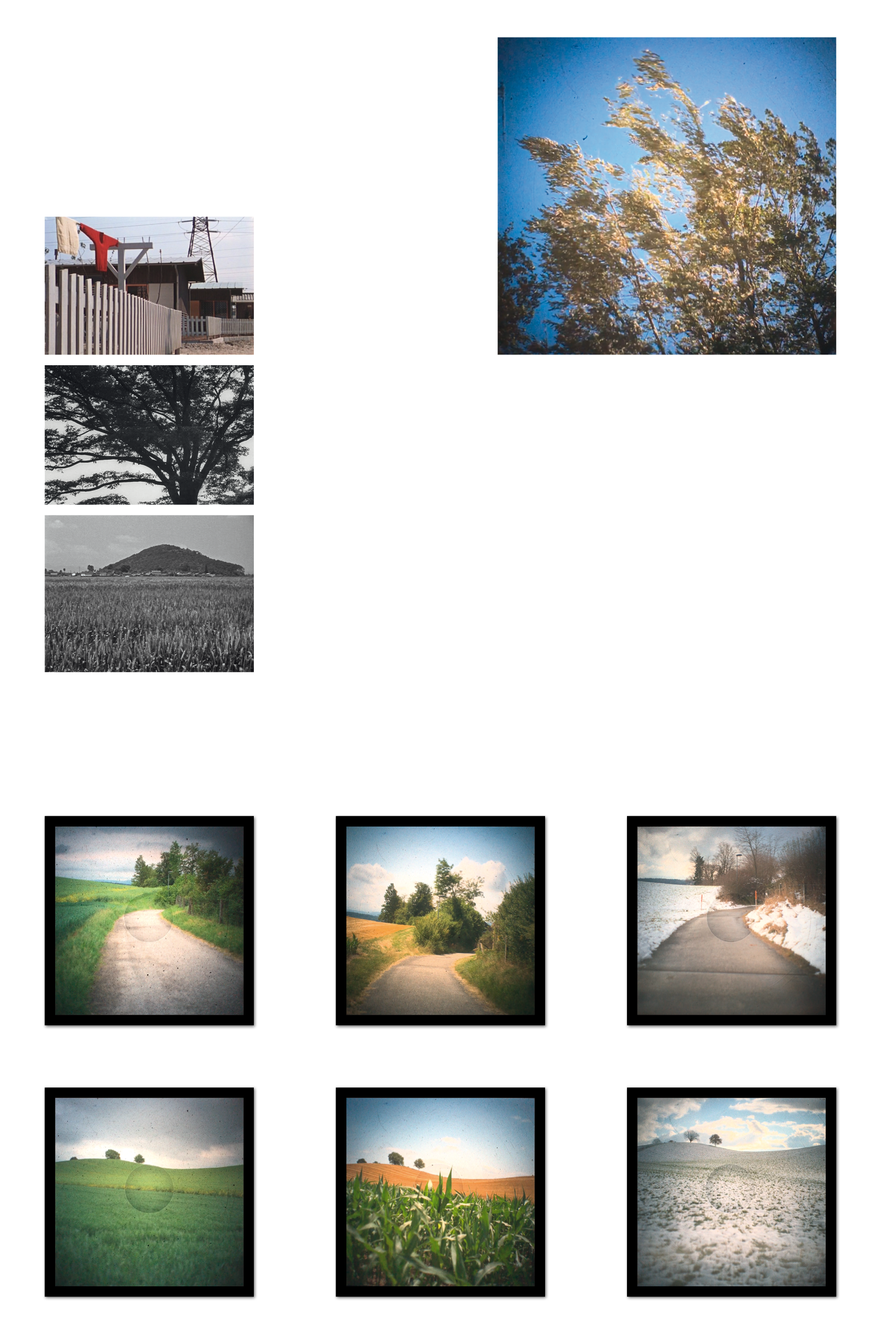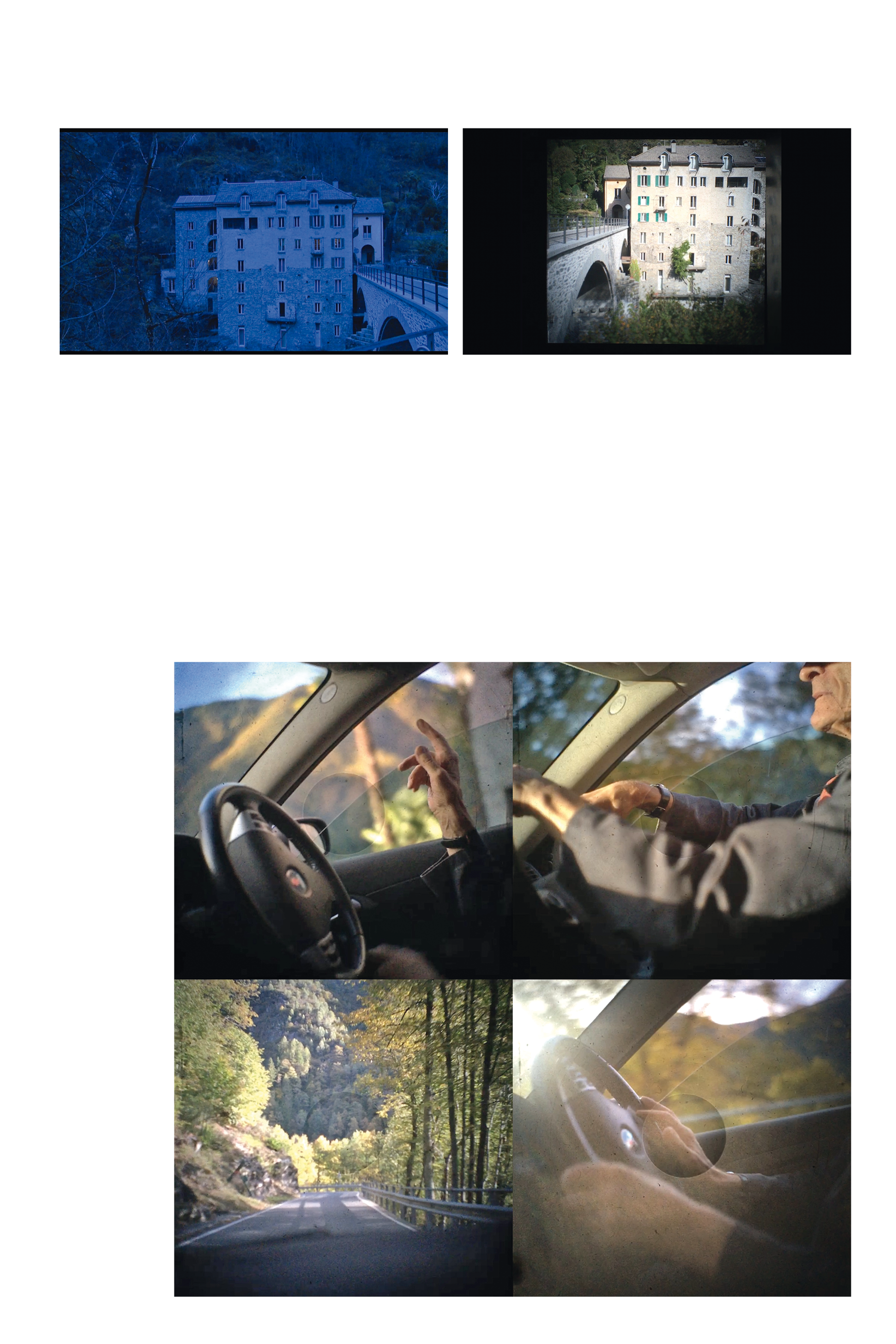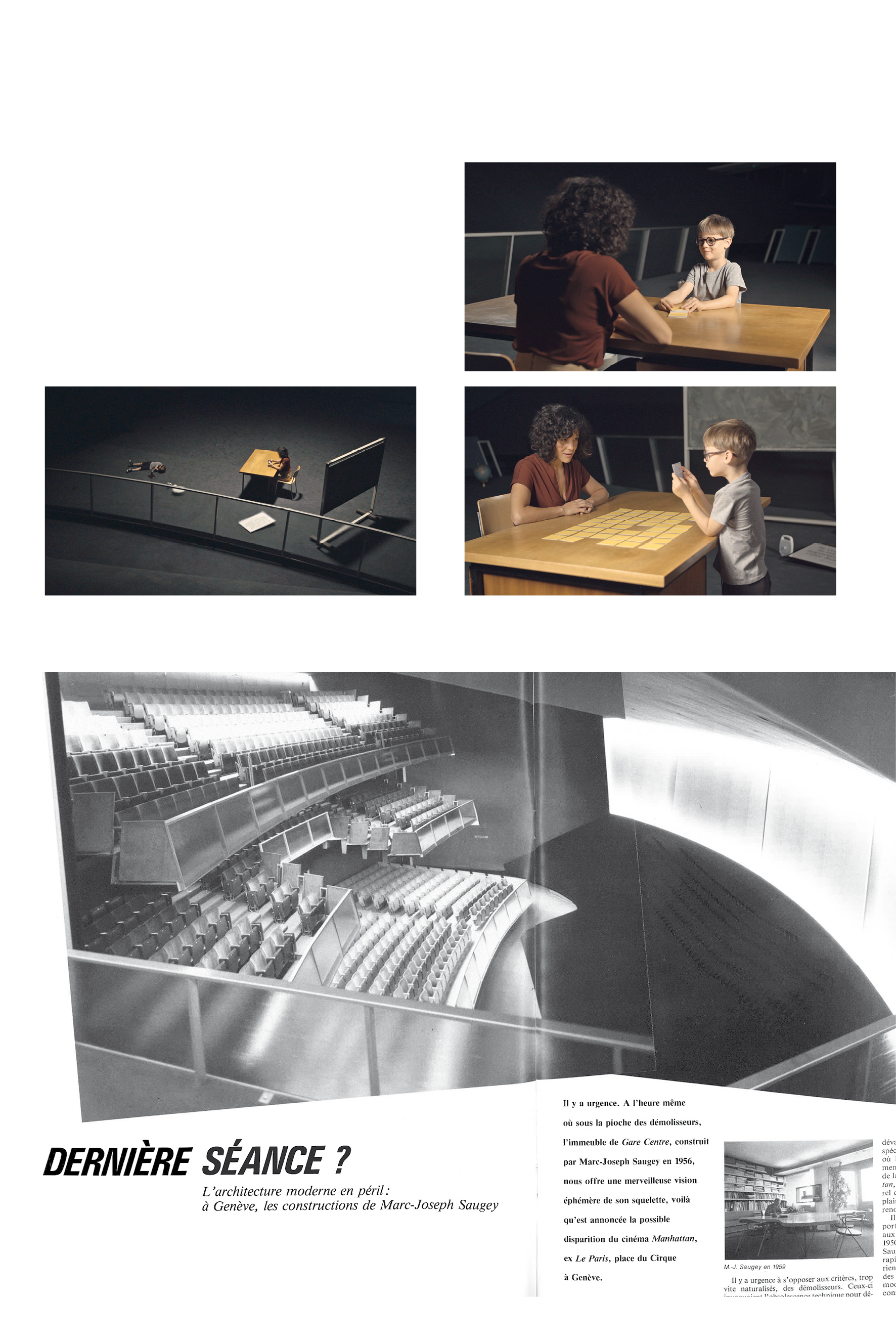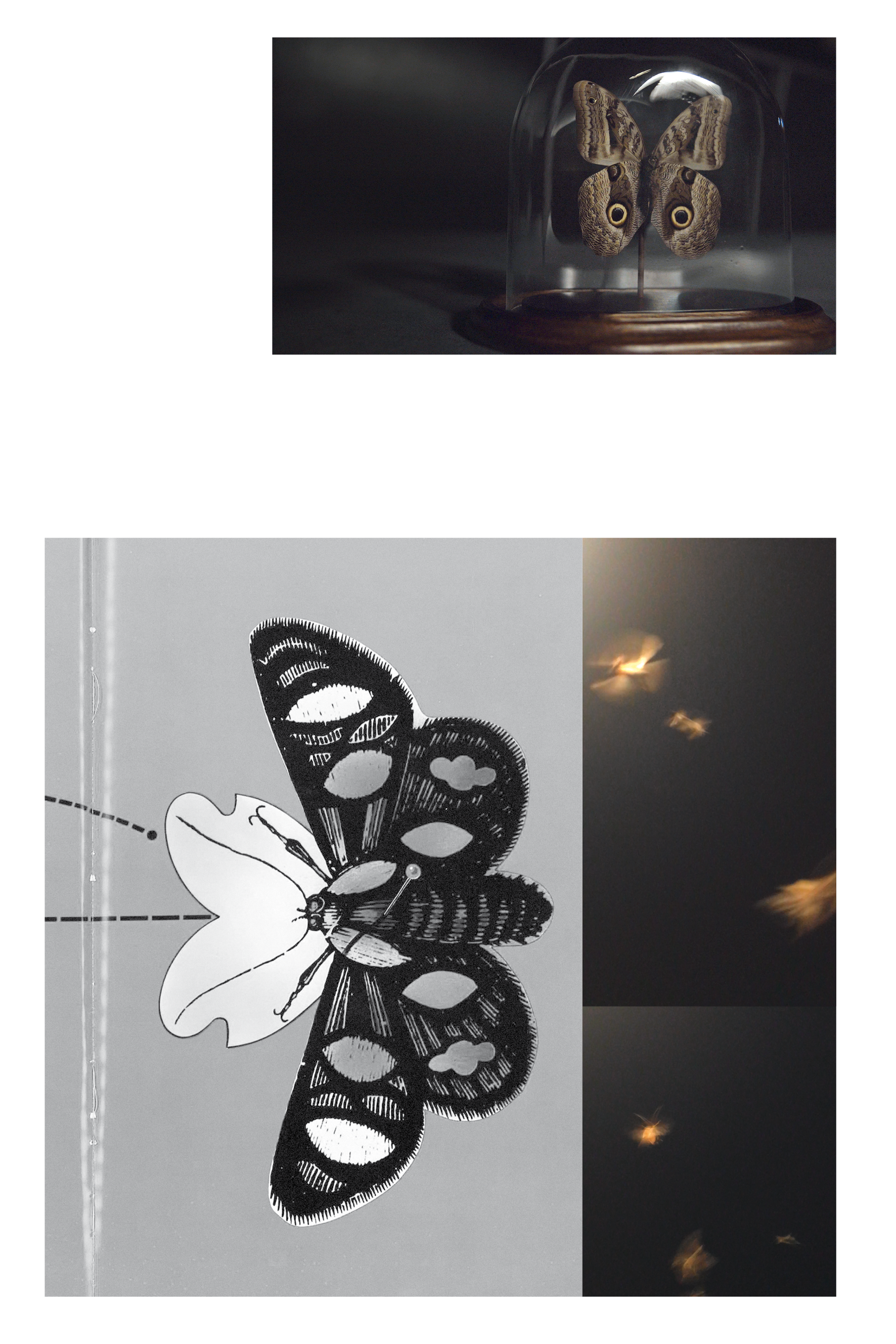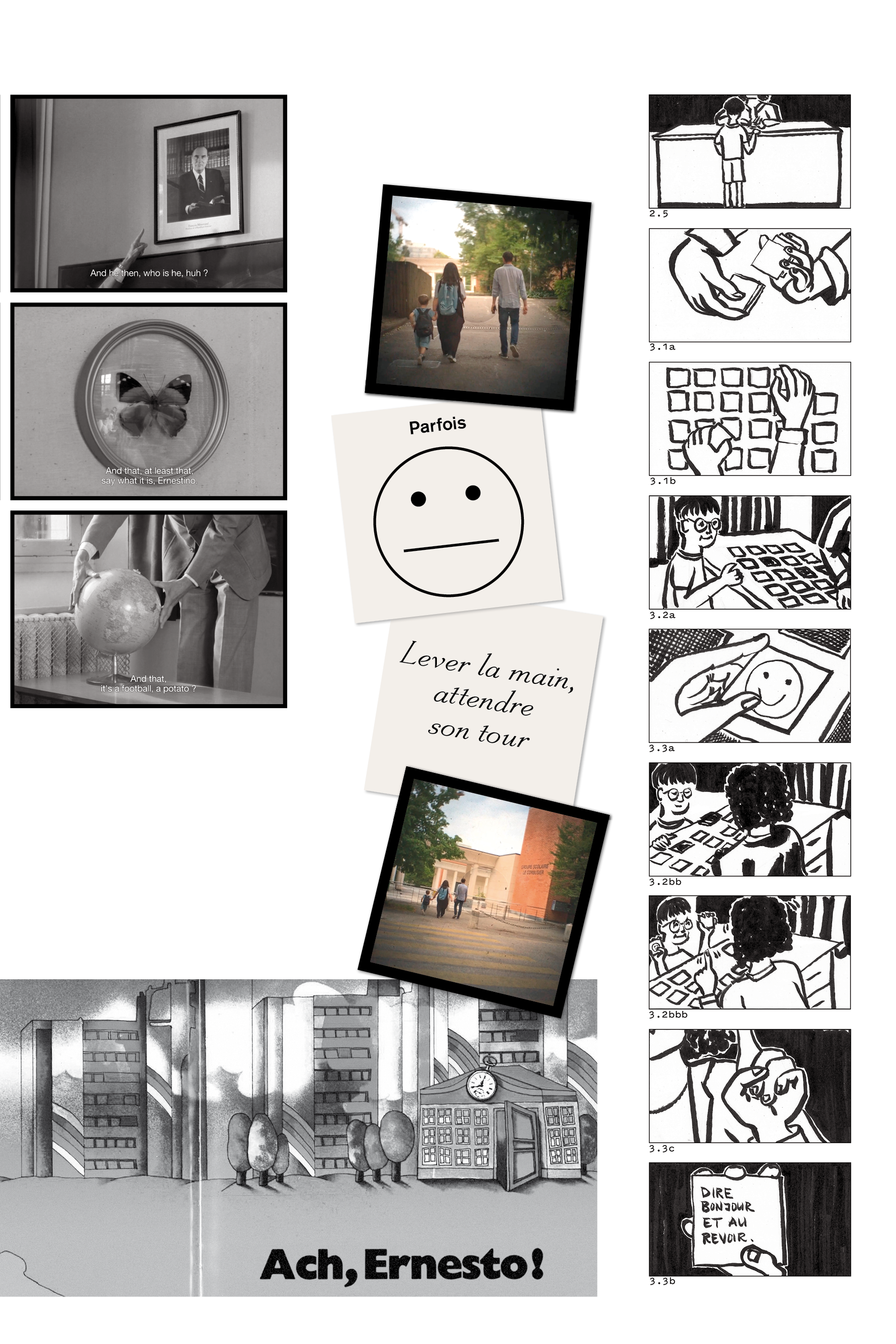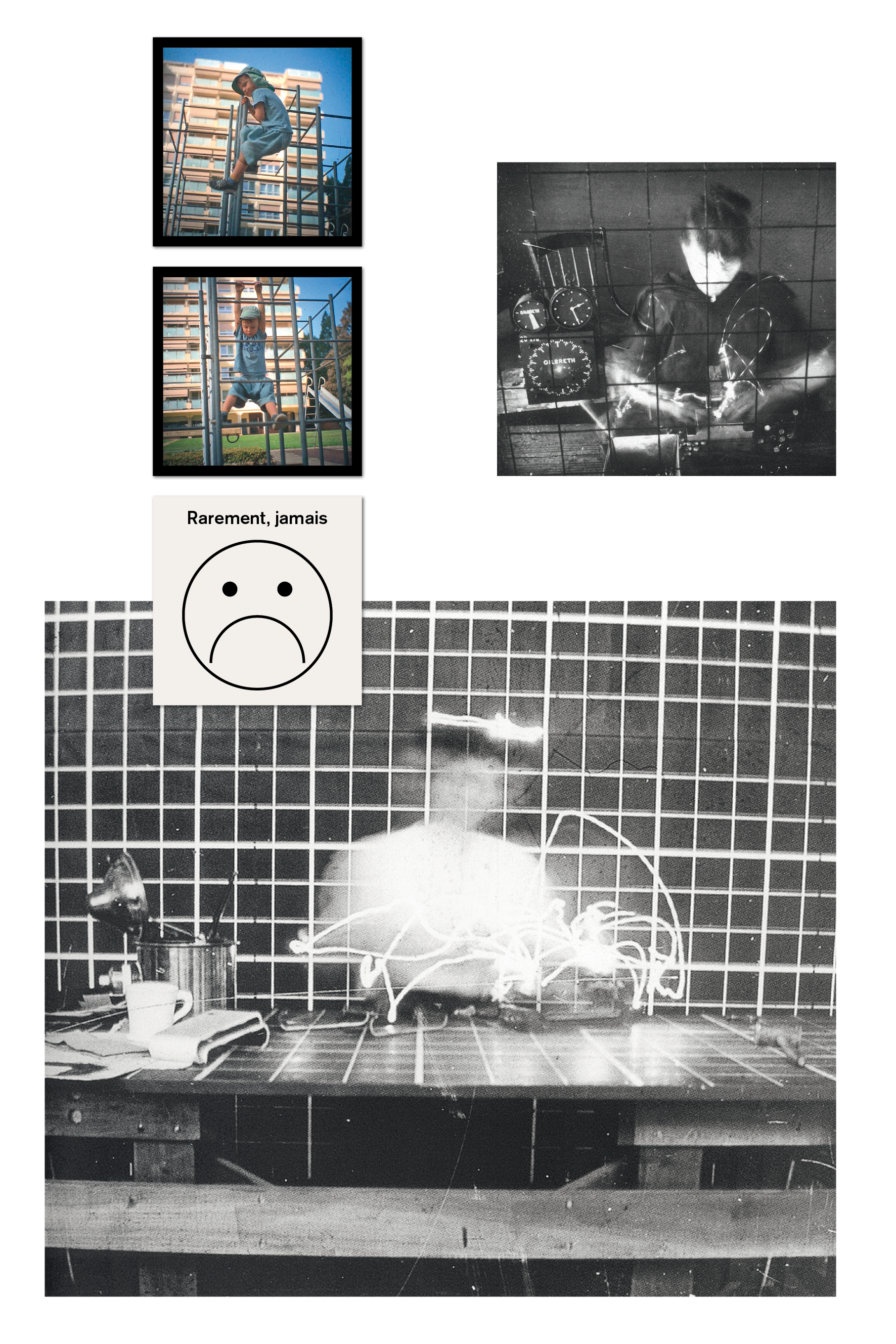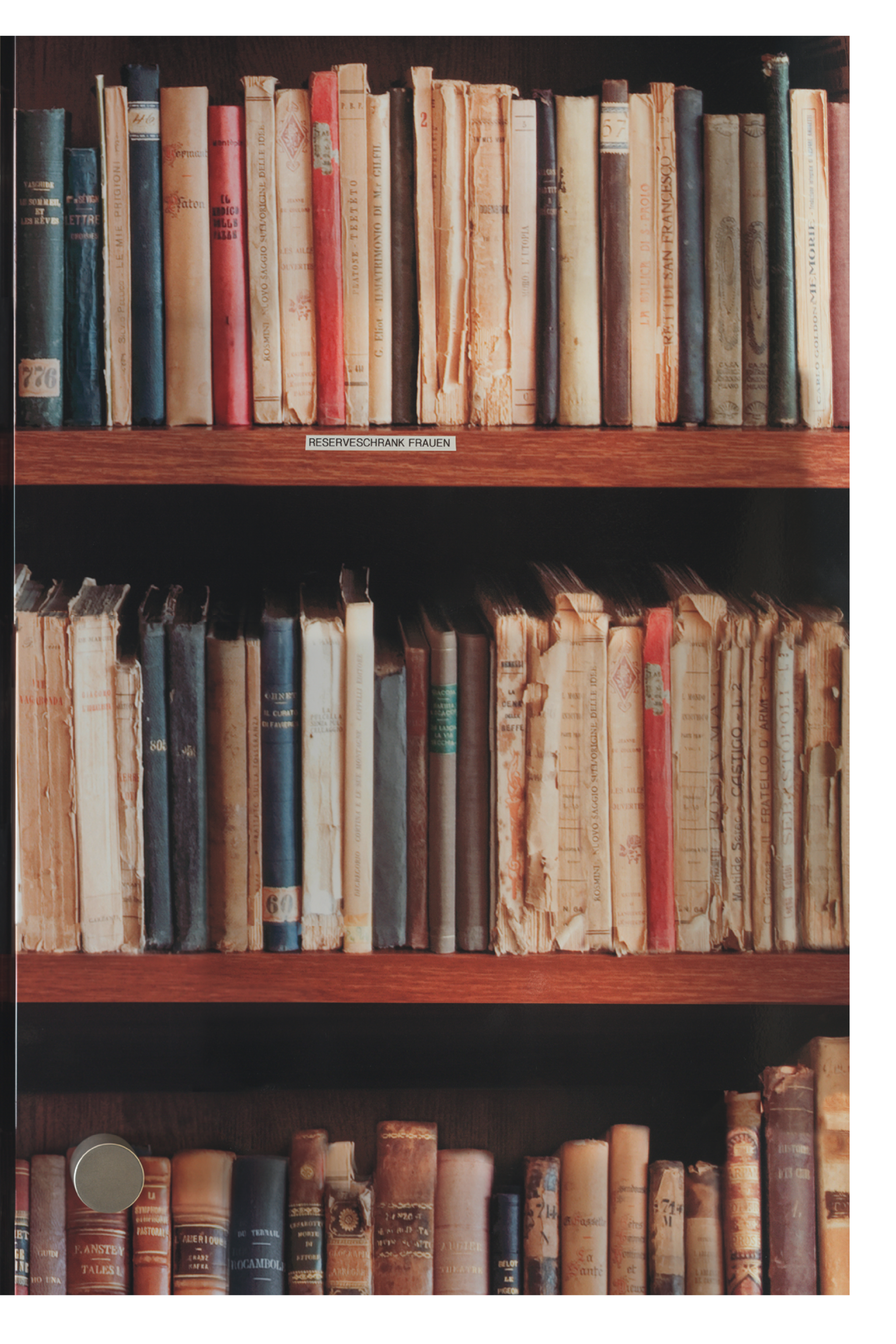Any attempt to make asynchronous experiences perceptible through participant observation, with and without a camera, implies a relationship between temporalities in which a difference, a distinction, a deviation becomes noticeable. But which temporality do we start from, or take as a frame of reference, in order to distinguish between different conceptions of time? In today’s flexibilized and individualized social structures, which temporal orders are institutionalized?
My research has developed from years of engagement with critical theories of acceleration15 and from my personal experience of time pressure and stress, from the urgent need to examine experiences in different everyday realities. When it came to selecting my case studies, this meant that they were all located in fields of immaterial labor (which I do not know from my own experience). The central selection criterion for the case studies was the role played by subjective experiences of time in these situations – selective experiences which diverge from institutionalized, regulated time [N is for Normality Principle]. In order to investigate ‘other’ temporalities, I aimed to take part in these different experiences of time and thus to shift my perspective. Making use of the methods of participant observation and expanding them, the aim was to provoke an encounter in which, through shared activity, a temporality would be created which would correspond neither to the social regimes of time nor to individual personal time, but which would open a space for dialogue as an ‘interim’ or ‘intervening time’, in which it would be possible to reflect on time in terms of its actors and its structures of meaning.
I do not see the camera simply as an apparatus [A] which is pointed at an ‘other’ as an object. Instead, I utilize it as a way of creating reality, in which subjectivity is transformed in the interplay between the person filming, that which is being filmed, and the camera. Jean Rouch described this cinematic state of creating reality as Ciné-Transe: “The way of shooting influences whatever you’re filming. […] When I have a camera and a microphone, I’m not my usual self, I’m in a strange state, in a ciné-transe. This is the objectivity that one can expect, being perfectly conscious that the camera is there and that people know it.”16
For me, the looking glass camera changed the “how” of the filming situation significantly. Unlike a conventional digital camera, I hold the altered medium-format camera at my chest and look down at the image. Instead of standing behind the camera and looking through it at the situation I am filming, I have to decide whether to keep my eyes on the image or raise my head and focus my attention directly on the situation in front of me, which also means giving up control over the recording and letting the camera take charge of that. Various unfamiliar aspects of the operation and lens system mean that other automatic habits become impossible: the reversed image in the viewfinder destabilizes my movements, and the sharpness of the image constantly has to be adjusted by hand and generally remains approximate. The framing depends on physical distance, and this distance cannot be bridged using a zoom function: I have to increase or reduce the distance between my body/camera and what is being filmed, by moving closer or further away. As I film, I cannot ‘disappear’ behind the camera. I am constantly part of the situation. My presence through eye contact, through my movements, and through my only partial control of the camerawork clearly place me on the same footing as my interlocutors. The camera becomes an actor as the interface between us – the filming subject and the subject being filmed –, which enables an intersubjective simultaneity.
The anthropologist Johannes Fabian describes the intersubjective time which arises in such encounters as “coevalness” Intersubjective time can, in his words, only arise in the “common, active ‘occupation’, or sharing, of time”.17 In her critique of the cultural motif of foreignness, Sara Ahmed further develops the performative approach to encounters: for her, an encounter is not a meeting between two subjects as fixed entities, but can only take place when the coming together becomes constitutive for subjectivity. “The face-to-face encounter is mediated precisely by that which allows the face to appear in the present. The face-to-face is hence not simply about two persons facing each other – the face-to-face cannot be thought of as a coupling. This encounter is mediated; it presupposes other faces, other encounters of facing, other bodies, other spaces, and other times.”18
Bringing in the camera into the moment of encounter as an object of shared attention took on a particularly transformative quality in the case study with Jacob, the little boy. In contrast with traditional digital cameras or smartphones, both devices with which Jacob is familiar from his everyday life, the looking glass camera is a curiosity for him. Like a face, the two eyes of the twin-lens look out from the front, one above the other. Like a lantern, the compact body of the camera can be placed nearby on the table or the floor. For me, too, the camera took on a kind of presence or life of its own: rather than having particular expectations of the ‘scene’, of the image quality, of the potential meaningfulness of the recording, etc., I primarily let myself be drawn into Jacob’s games, and the looking glass camera was drawn in too. The camera captures traces of these games and is at the same time part of the filming dispositif. At this moment, it is no longer primarily documenting what is happening, but reminding Jacob and me of our roles: I am making a film and he is playing (a part in that). That was the initial situation in which we met. Even if I sometimes placed a second (digital) camera further away, recording a long shot of the whole situation, the medium-format camera in front of my body still marked me out as the filmmaker, and I was always recognizable as such for Jacob. This could have contributed to the fact that he dealt with the filming situation very consciously and confidently. At any rate, he developed strategies from the first moment on to sound out the power relations implicit in filmmaking, to undermine them, manipulate them or shape them [L is for Leeway, for Lightsaber, for Loopholes].


